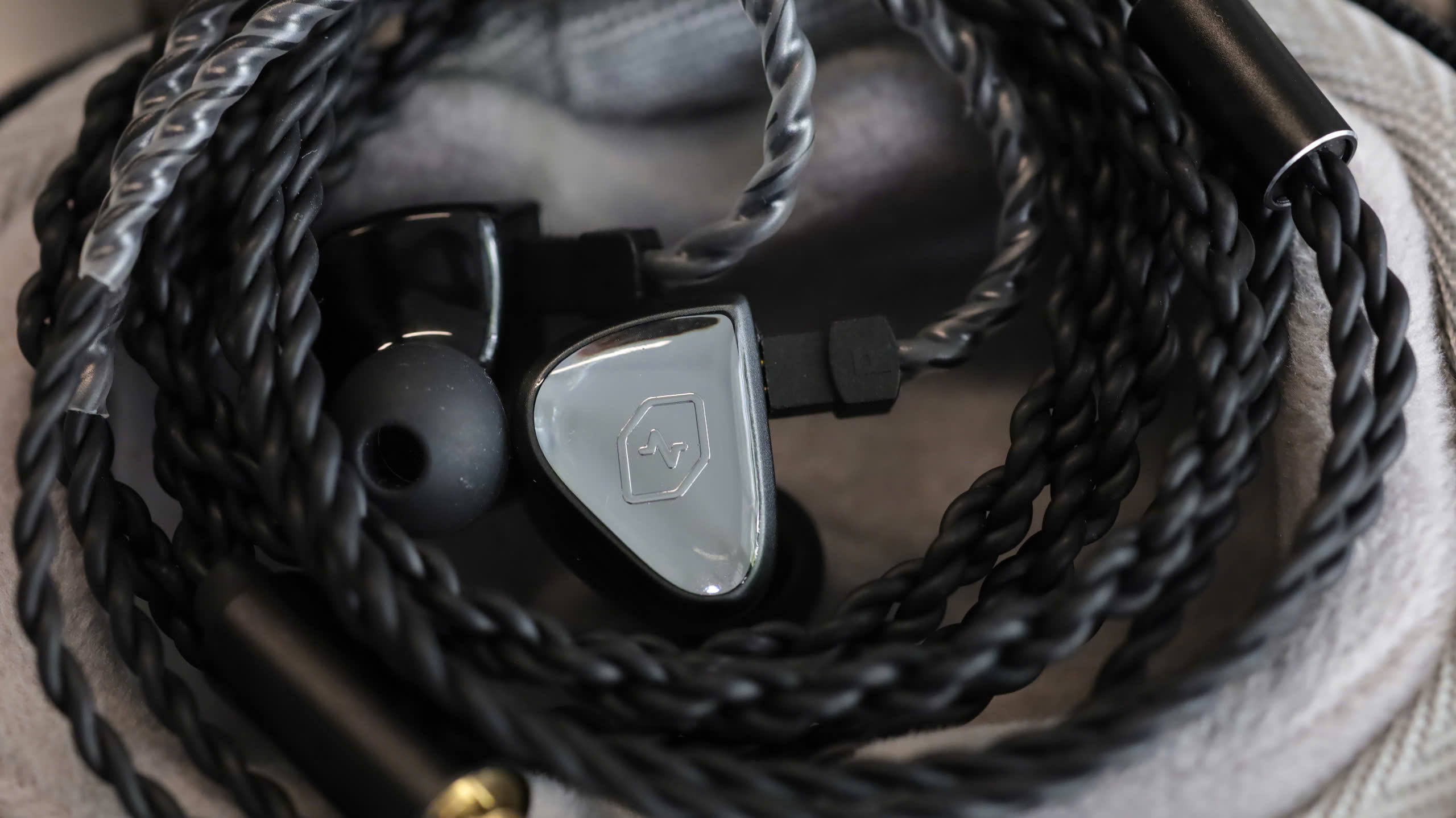
PowerDAC v2.1
The newest PowerDAC for the Head-fi universe is released! It is pretty much the same device as PDv2, however, now PowerDAC can work with unbalanced headphones as well. HPToy iOS/Android app was modified to get the switch for 3 output modes:
1) Balanced - the same as PDv2 balanced 2.5mm TRRS up to 600mW/channel output
2) Unbalanced - you can use that mode with E1DA 2.5/3.5mm adapter to drive your unbalanced headphones, however, power in that mode is lower vs Balanced mode
3) Unbalanced Boost - the same as Unbalanced with full 600mW power but with some crossfeed effect. This is the price for the versatility of a single 2.5mm TRRS output
Also, PDv2.1 got the new USB audio bridge CT7601 Comtrue, instead of Cmedia which was far from ideal.
PDv2.1 has a soft-start function to avoid high inrush current, in fact, PDv2 may work with any Android phone without Y-splitter, if you wish to use such a power-hungry device with your phone.
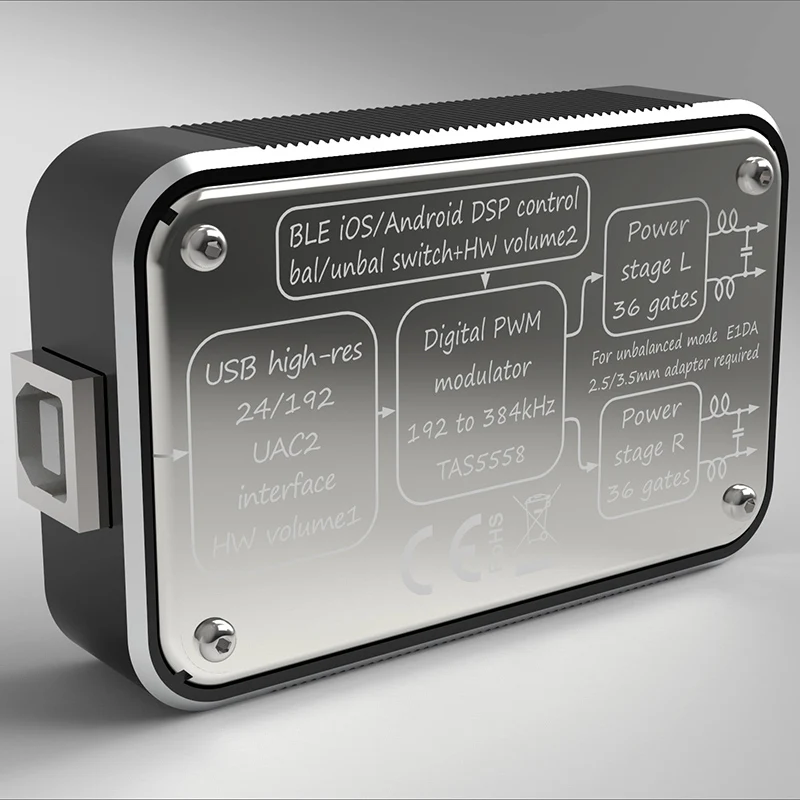
PowerDAC v2
Note: Before you buy this product, please read the FAQ carefully.
No 2.5/3.5mm jack adaptors allowed! You can kill the DAC.
https://e1dashz.wixsite.com/index/faq
If you have any questions or suggestions, please join us on discord app. The designer Ivan is on line and many users there.
https://discord.gg/U9Z28KC

PowerDAC v2
You can call it USB DAC + Headphone amplifier(HPA) >600mW@15ohm but actually, PowerDAC has no HPA at all.
Yes, PowerDAC V2 can, as an example, drive LCD3 with 600mW but only as powerful enough DAC, no analog amplification and no feedback are implemented there.
It's a quite similar to Fully Digital power Amplifiers(FDA) like Sharp SM-SX100(probably earliest FDA), TACT-Millennium, Lingdorf, Wadia etc $5-10K legendary toys.
PowerDAC V2 uses the same or similar Ti digital PWM modulator chip TAS5558 but of course different output stage for headphone.


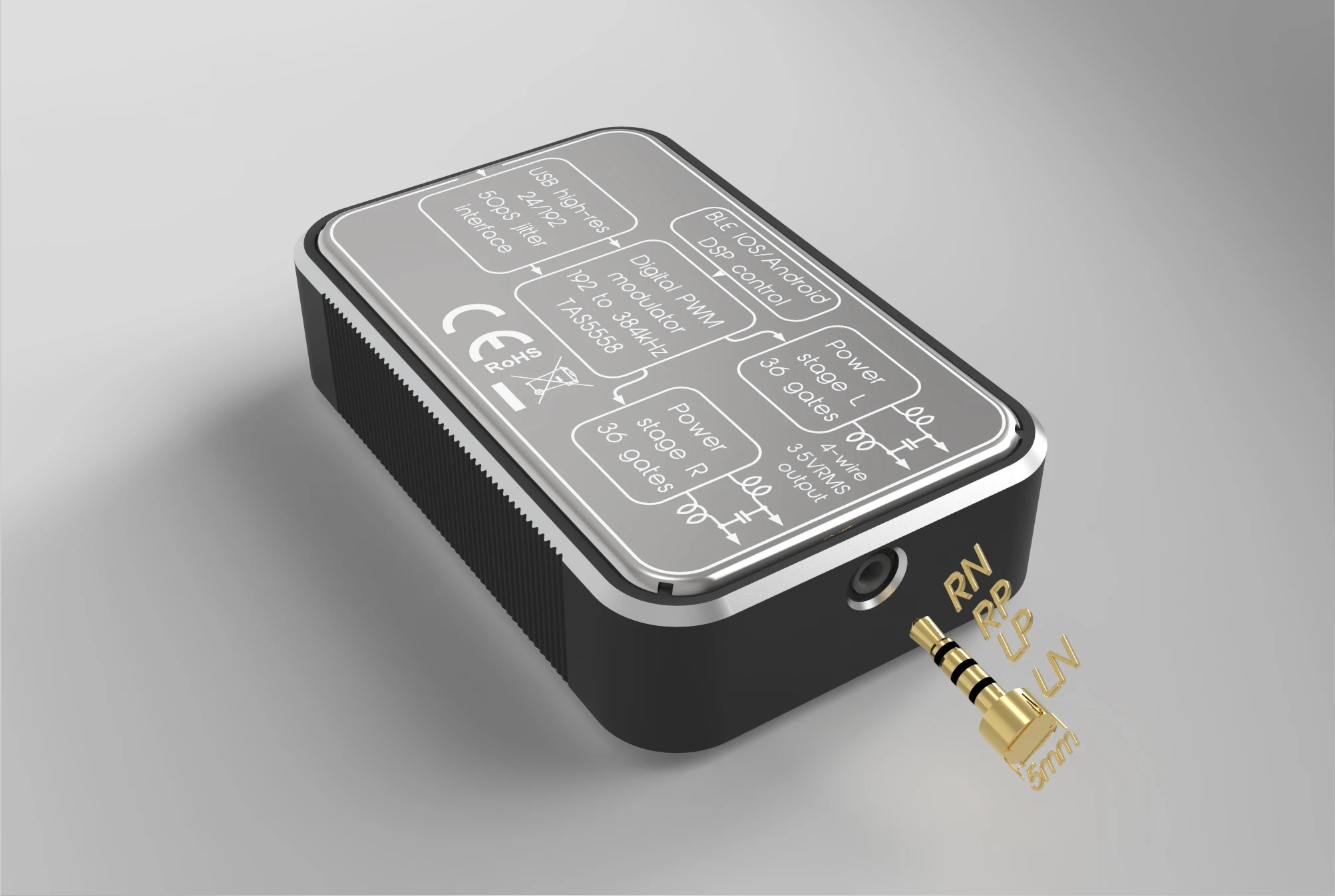
PowerDAC V2 doesn't need drivers to convert stream PCM up to 24/192 from PC/Mac. iOS, Android or Linux, however, if you wish to get full control of the built-in DSP, you need to install iOS or Android app.
A few reasons why you could wish to use the app:
a. Volume slider with classical Fletcher–Munson loudness curves
b. Familiar HiFi Bass/Treble sliders
c. Intuitive controllable filters i.e. 7 parametric EQs, left/right gestures control frequency, up/down gain, zoom in/out Q-factor. Also available LPF/HPF and APF for phase alignment and text form Biquad control just in case(actually, it comes from another my project HiFiTOY crazy-tiny 250W@4ohm PowerDAC where LPF/HPF/APF needed for bi/tri-amping)
d. Compressor/Limiter, I believe this function really useful for an open back planars to "compensate" ambient noise. And limiter keeps sound distortion-free at high volumes, also you can see the output clipping indication in the app e) Preset manager allows to save/load presets and export/import(email/skype/www etc) as well to share PowerDAC settings between users f) I prepared a few EQs presets to transform frequency response one headphone to another or to the "ideal Harman" curve. I using www.innerfidelity.com measurements data + short Matlab script to obtain EQ compensation
Specifications:
Materials: sandblasted/anodized aluminum, mirror polished stainless steel with laser marking
Dimensions: 75x45.5x19mm
Weight: 68g
Power: USB 5V power rail no internal battery, 250mA idle current, the device contains up to 5000uF of capacitance and IOS/Android devices can start OTG operation only with Camera_Adapter and USB OTG Y-splitter cable respectively
Input: USB PCM up to 24b/192kHz
Output: digitally generated PWM 384kHz + passive LC demodulation balanced output 2.5mm jack 5mm shaft stopper, A&K pinout Output impedance: 1.5Ohm@1000Hz FFT flat top -6dbFS 32Ohm/open load, -.4db drop
Output power: >320mW@32Ohm@1kHz@THD=1%
Output power: >580mW@16Ohm@1kHz@THD=1% measured in 24b/44.1k mode +.6dbFS level, typical PC USB2 port powered. In case USB power-splitter aka USB-C Y-cable used i.e. USB data goes from Android and 5V power rail from 5.2V 2A charger the max power will be seriously higher see tech plots in the appendix
Frequency response: 20Hz-20kHz +/-.2db(+/-.15db typical) 10Hz-30kHz +/-.5db(+/-.3db typical) 2.5Hz-46kHz +/-3db
S/N ratio: -108db(A) (-109db(A) typical)
THD+N@1kHz@0dbFS <.05%
THD+N@1kHz@-3dbFS <.03%
THD+N@1kHz@-6dbFS <.02%
THD+N@1kHz@-10dbFS <.01%
THD+N@6.3kHz@-10dbFS .01% typical
THD+N@100Hz@-10dbFS .03%
typical(depends on USB power quality)
THD+N@1kHz@-20dbFS .01% typical
IMD 19kHz(-10dbFS)+20kHz(-10dbFS) -80db
typical (THD and IMD measured with 32ohm load in 24b/44.1k mode)
Crosstalk: <-92db@1kHz
Đang cập nhật
Đang cập nhật

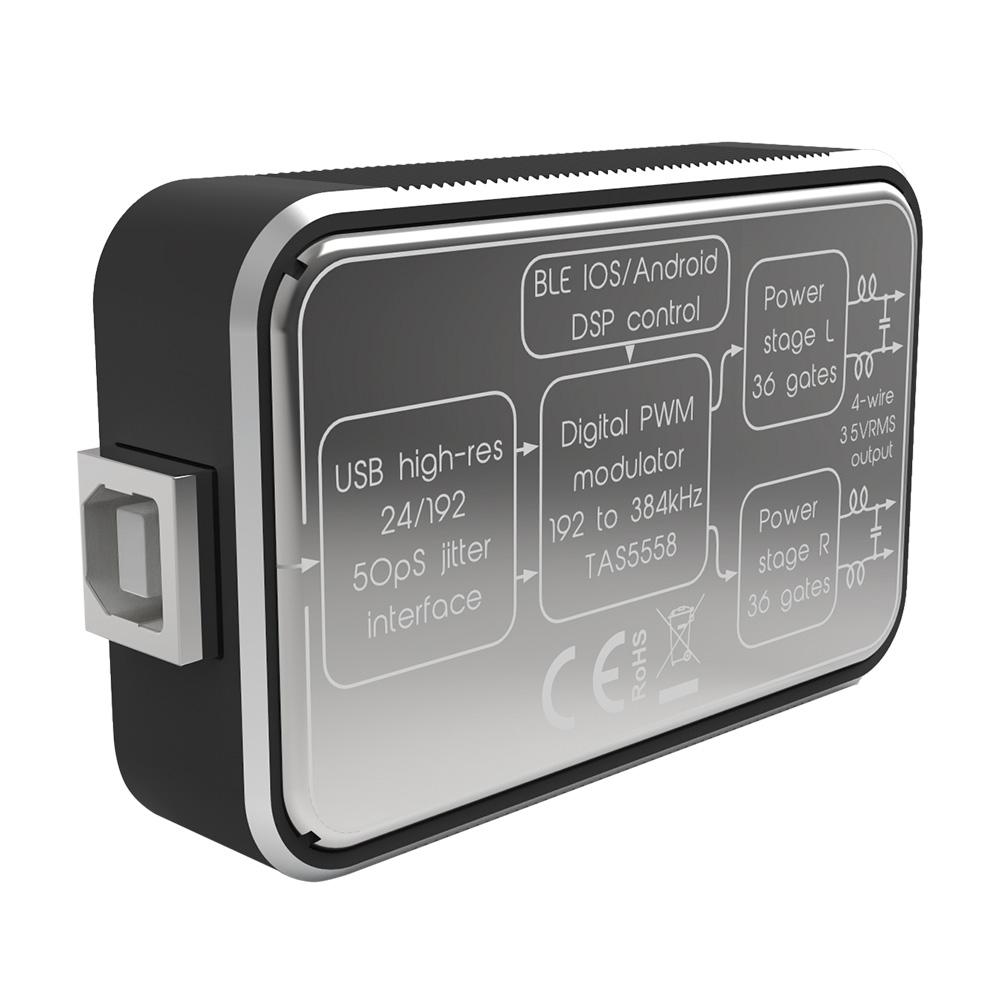
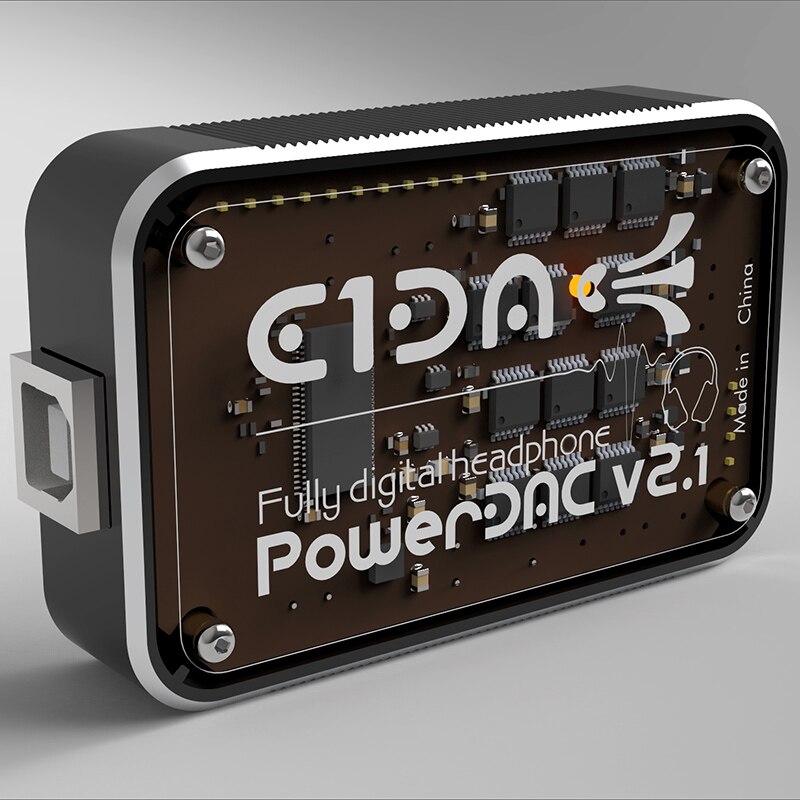
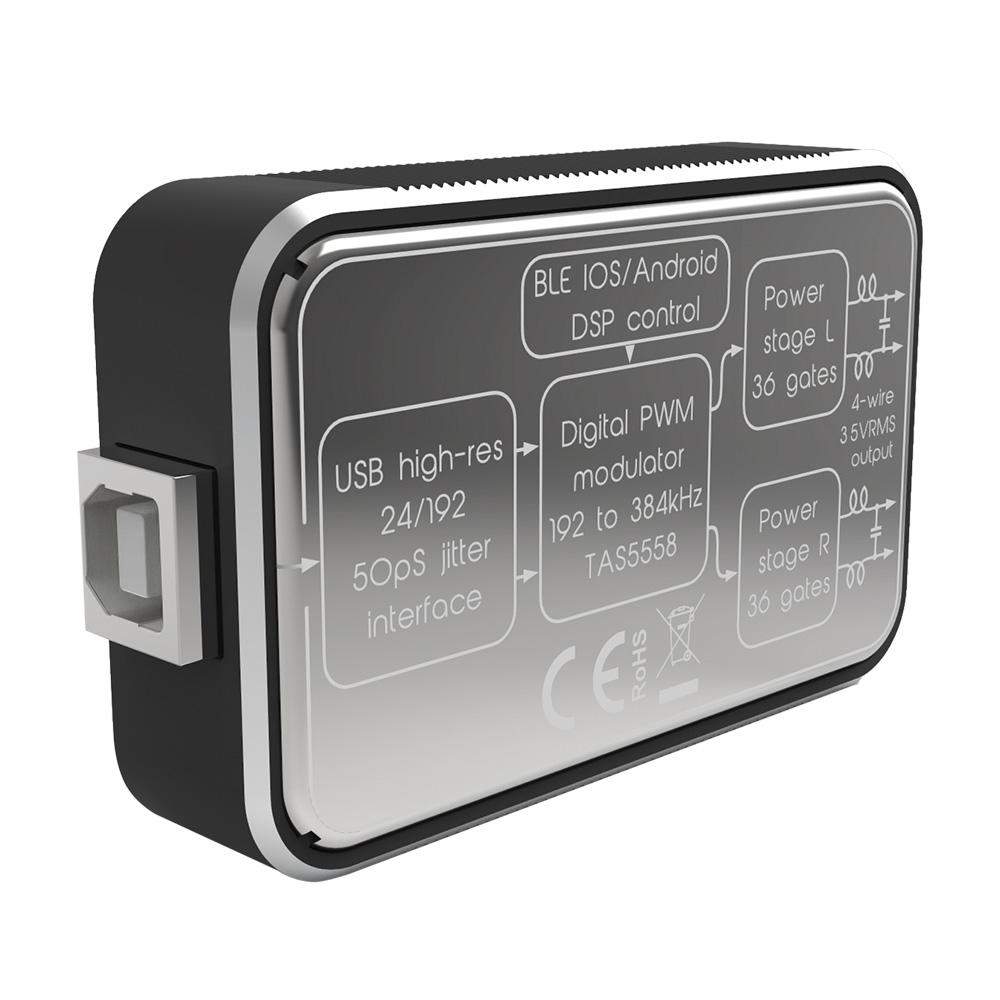
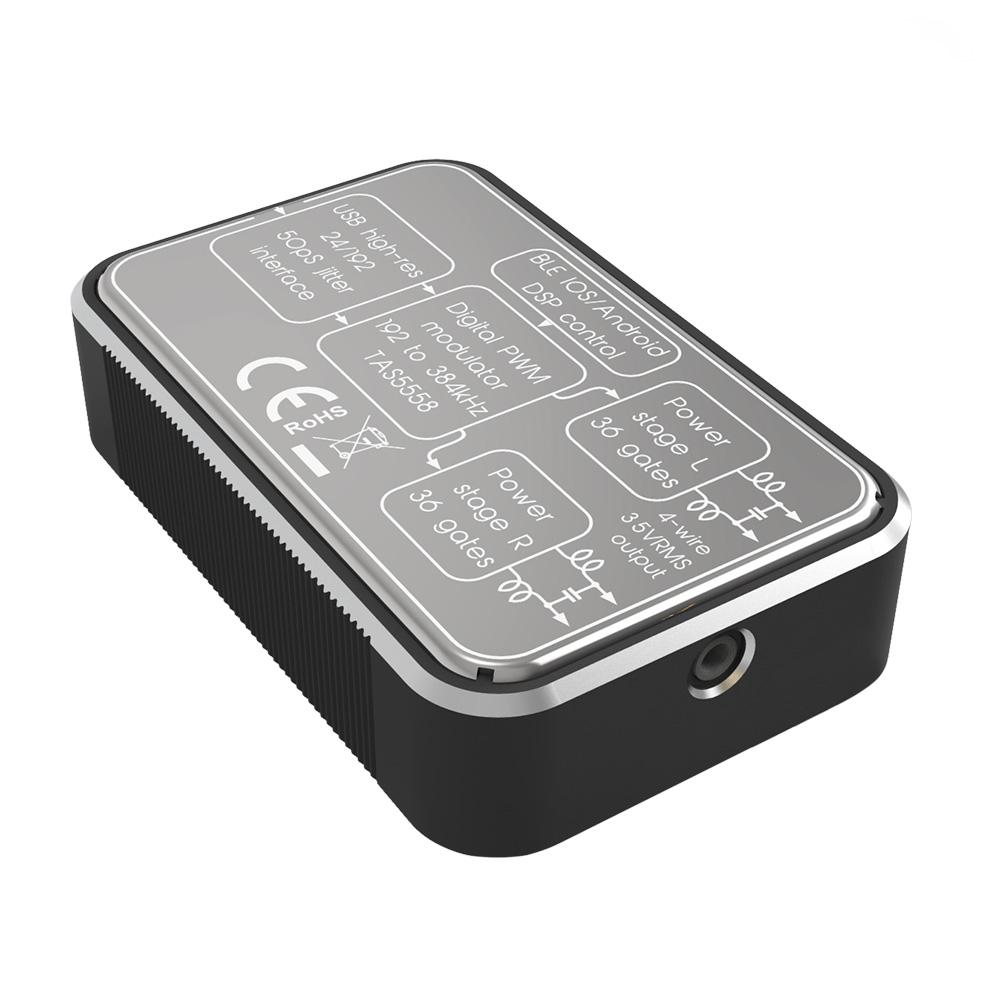
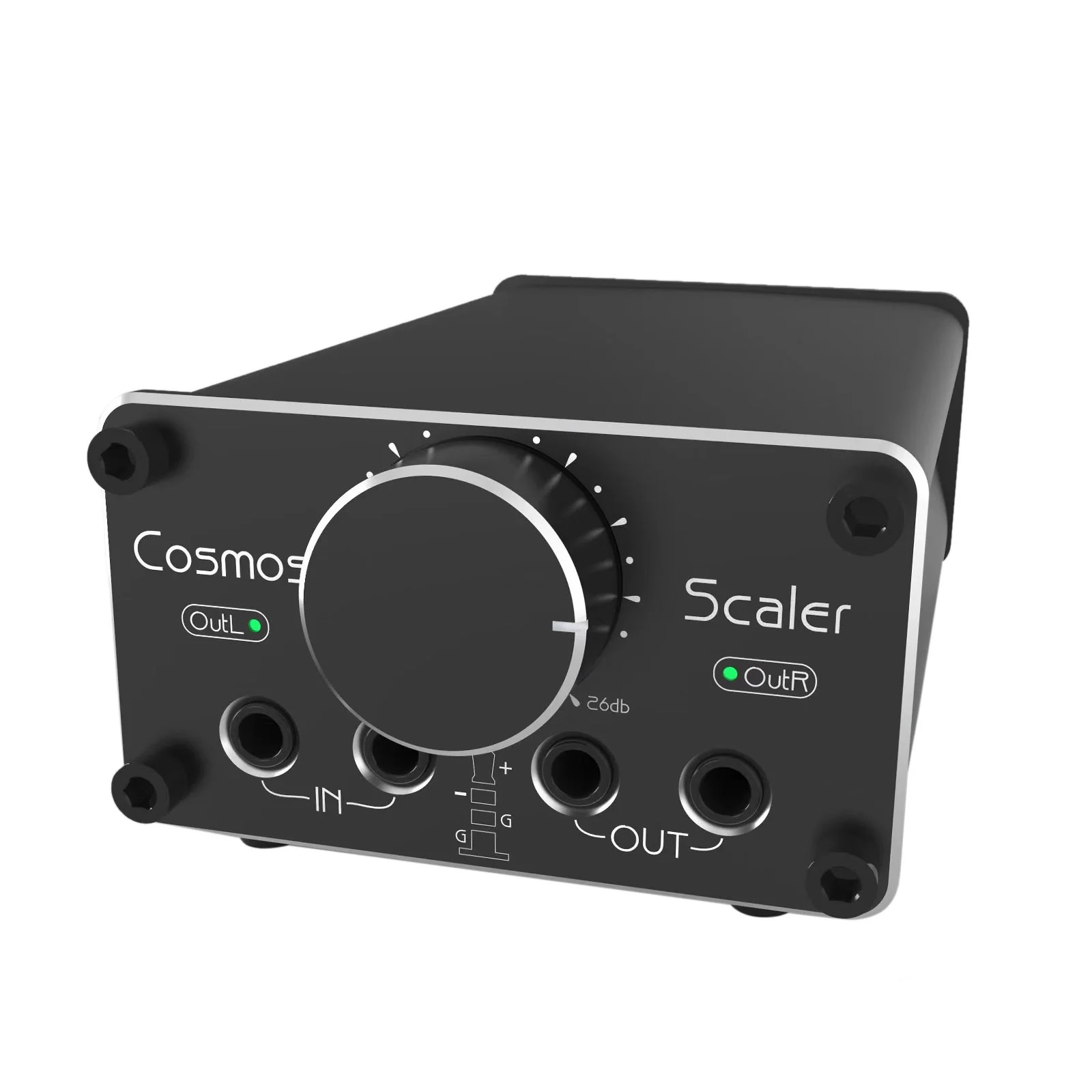
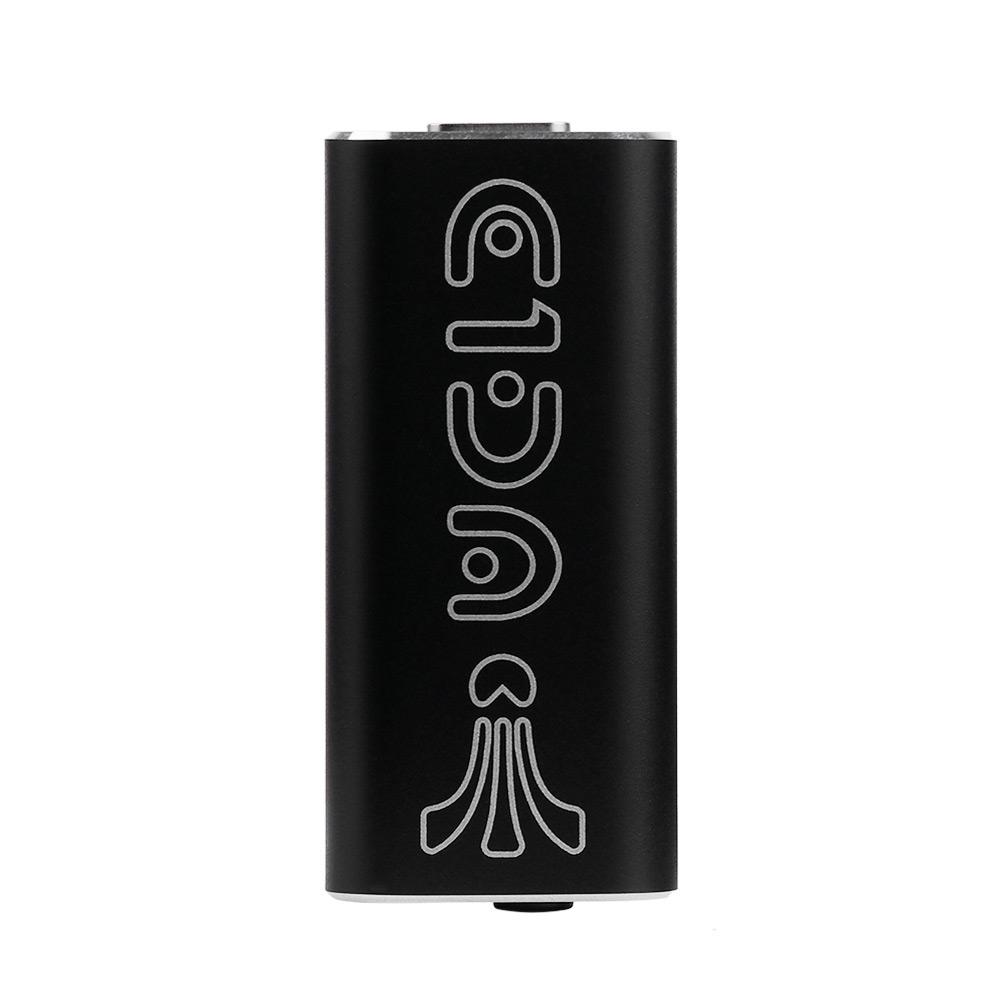







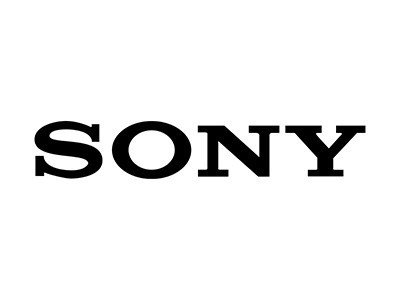

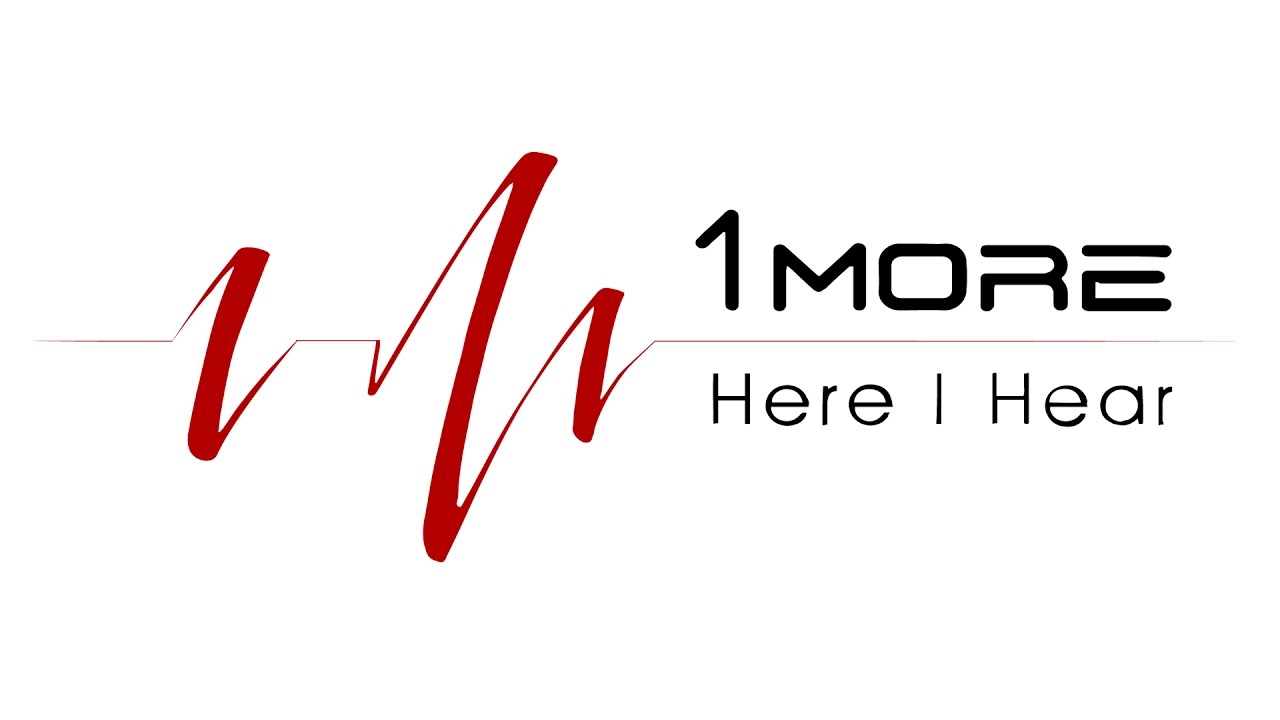
.png)


